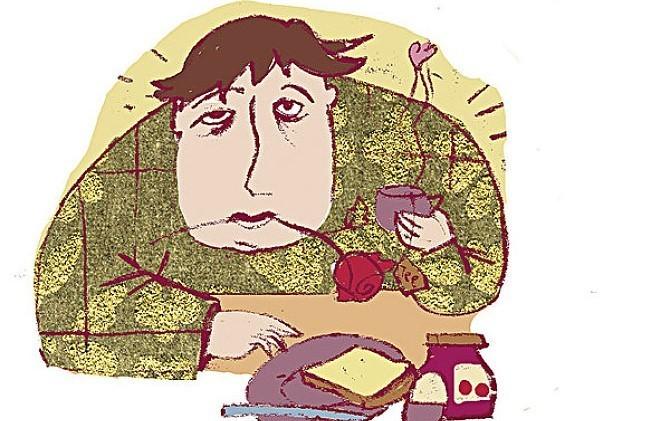We humans, the love of sweetness, is innate. The natural source of sweetness is mainly the sugar contained in food, especially fructose. With the increase in diabetes, people began to have a sigh of relief about sugar, and many people began to choose sugar-free foods. The question arises, do sugar-free foods raise blood sugar? Can diabetics let go of eating? Let's now look at the scientific answers.

We need to first take an inventory of the types of sugar. There are many members of the sugar family, which can be roughly divided into 4 categories. The first category is a monosaccharide, which mainly includes fructose, glucose, and galactose, which is characterized by being directly absorbed by the body and can quickly raise blood sugar. The second category, which is disaccharides, including sucrose, maltose, and lactose, needs to be decomposed into simple sugars before they can be utilized by the body, so the rate of raising blood sugar is slower than that of simple sugars. The third category is polysaccharides, which mainly include starch, glycogen, and cellulose, which are carbohydrates composed of more than 10 monosaccharides, which contain glucose. Category 4, is sugar substitutes, mainly refers to sweeteners, wherein, nutritional sweeteners, such as sorbitol, xylitol, mannitol, after ingestion, will produce calories, non-nutritious sweeteners, such as saccharin, aspartame, stevia, etc., will not produce calories.
Sugar-free food usually refers to foods that do not have sucrose, glucose, maltose, and fructose added during the production process. Speaking of which, smart people have understood that sugar-free foods are not sugar-free, and the exact name should be, sugar-free foods. In fact, our answer is already ready to come out, as long as you use your brain a little, you will want to understand the reasoning, how to make sugar-free cake? With flour? Does it contain grease? Do you add sweeteners? Take a closer look at the ingredient instructions, and do the math, is the sugar-free cake really less calorie than the steamed bun?
Studies have shown that equal amounts of starch and sucrose eventually raise blood sugar levels. For example, 100 grams of sugar-free pastries contain about 50 grams of carbohydrates, produce 233 kcal of calories, and the effect of raising blood sugar is equivalent to 50 grams of sucrose. Because starch is a polysaccharide, after digestion and absorption, it will decompose into glucose. When glucose enters the bloodstream, it causes blood sugar levels to rise.
To judge the sugar content of sugar-free foods, we must first look at the food raw materials and ingredients, for example, milk, which contains about 4 grams of lactose per 100 grams. Secondly, it is necessary to fully understand the health effects of sugar generation, for example, sucralose, which can promote appetite, is not conducive to weight control, and long-term intake of sugar substitutes will also cause blood sugar levels to fluctuate. Third, it is to add ingredients, for example, the so-called sugar-free food, in order to make up for the taste, will add more artificial oil, thereby increasing food calories.
Our human taste is cultivated in long-term evolution and life, and the lack of sweetness may make it difficult for many people to adapt. Sugar sweeteners, for diabetics, moderate intake of sugar alcohols, non-nutritive sweeteners, is safe. Related guidelines for recommending 5 non-nutritive sweeteners, including acesulfame potassium, aspartame, neosweetizer, edible saccharin, and sucralose. However, it is important to note that excessive intake of sweeteners can cause diarrhea and increase the risk of cardiovascular disease. In addition, sugar substitutes are only low-energy foods, for example, the average energy of sugar alcohols is about 50% of sucrose, but the absorption in the intestine is slower, and the metabolism in the blood and cells is faster, so that even such a sugar substitute, the daily intake can not exceed 50 grams.
Diabetics choose sugar-free foods and need to grasp 3 key points. 1st, carefully read the ingredient instructions, which should be calculated for total calories per 100 grams of food. Second, prevent the concept of stealing, for example, some foods use names such as dextrin to hide the true sugar content, and dextrin is an intermediate product when starch is decomposed into simple sugars. Third, avoid deeply processed foods, such as fried foods that are not only more energetic, but also contain trans fats, which are not conducive to blood sugar control and increase the risk of other diseases.
Whoever loves, pass on health to whom.